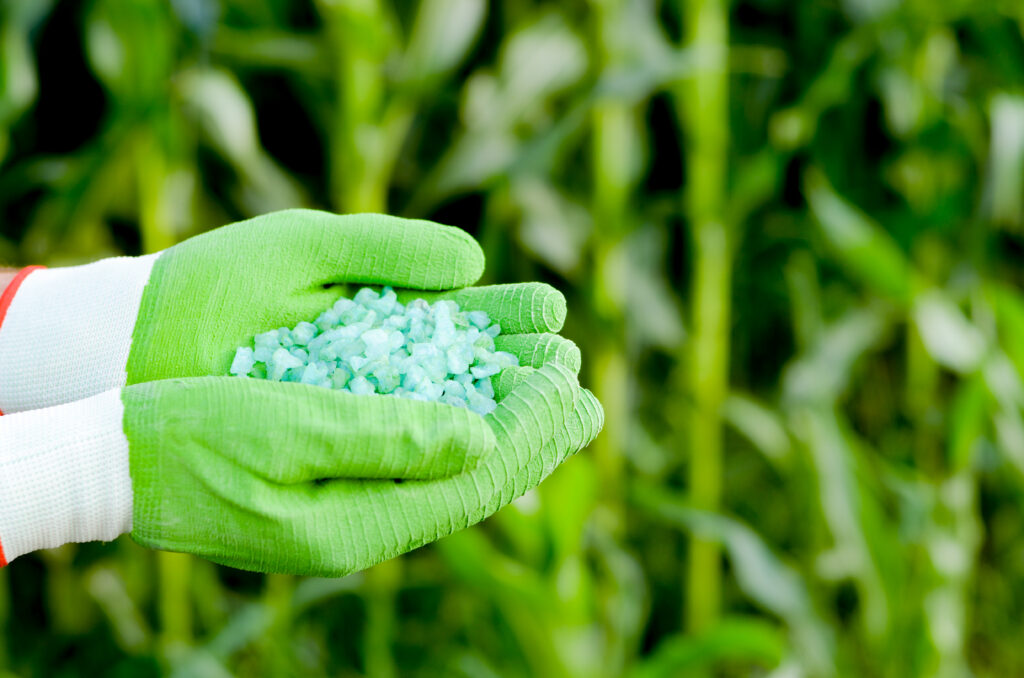
Soil analysis for fertility purposes is an essential procedure in agriculture and gardening as it helps determine the nutrients present in the soil and the proportion of these nutrients available to plants. Some of the most common parameters analyzed in a soil test include:

1. Soil pH: The pH measures the soil’s acidity or alkalinity. Most plants prefer a slightly acidic to neutral pH. pH influences nutrient availability for plants.
2. Organic matter content: Soil organic matter comprises plant residues and other organic materials. Organic matter enhances soil structure, water retention, and nutrient availability.
3. Nutrient content: Essential plant nutrients like nitrogen (N), phosphorus (P), potassium (K), sulfur (S), and other micronutrients are analyzed to determine their concentrations in the soil.
4. Cation Exchange Capacity (CEC): CEC measures the soil’s ability to retain and release nutrients to plants. It’s related to the amount of clays and organic matter in the soil.

5. Base saturation: This refers to the percentage of CEC occupied by basic cations like calcium (Ca), magnesium (Mg), potassium (K), and sodium (Na). An adequate balance of these cations is crucial for plant health.
6. Micronutrients: Apart from macronutrients, micronutrient levels such as iron (Fe), manganese (Mn), zinc (Zn), copper (Cu), boron (B), silicon (Si) are also analyzed as they play a critical role in plant development.
7. Soluble salts: The amount of soluble salts in the soil, often expressed as electrical conductivity (EC), can affect the quality of water available to plants.

8. Organic carbon content: This indicates the amount of organic carbon in the soil and is related to organic matter.
9. C/N ratio: The ratio between carbon and nitrogen is important for organic matter decomposition and nitrogen availability to plants.
10. Soil texture: Texture refers to the proportion of sand, silt, and clay in the soil. Texture affects water retention and soil aeration.
Analyzing these parameters helps farmers and consultants understand soil conditions, determine fertilization needs, and implement proper management practices to optimize plant growth. Interpretation of soil analysis results is often done by agronomy specialists or soil consultants to recommend adjustments in fertilization and management practices.
Analyses are performed following Embrapa’s methodology validated in the PAQLF Proficiency Test and the methodology from the Agronomic Institute of Campinas validated by the IAC’s Proficiency Test. The choice of method depends on our client’s needs and validation of local recommendation tables.
References:
* Análise química para avaliação da fertilidade de solos tropicais editado por B. van Raij, J.C. deAndrade, H. Cantarella e J.A. Quaggio. Campinas, Instituto Agronômico, 2001. 285p.
* Manual de métodos de análise de solos / organizadores, Paulo César Teixeira… [et al.], editores técnicos. – 3 ed. Ver. E ampl. – Brasilia ,DF : Embrapa, 2017 . 574 p. : il. Color.